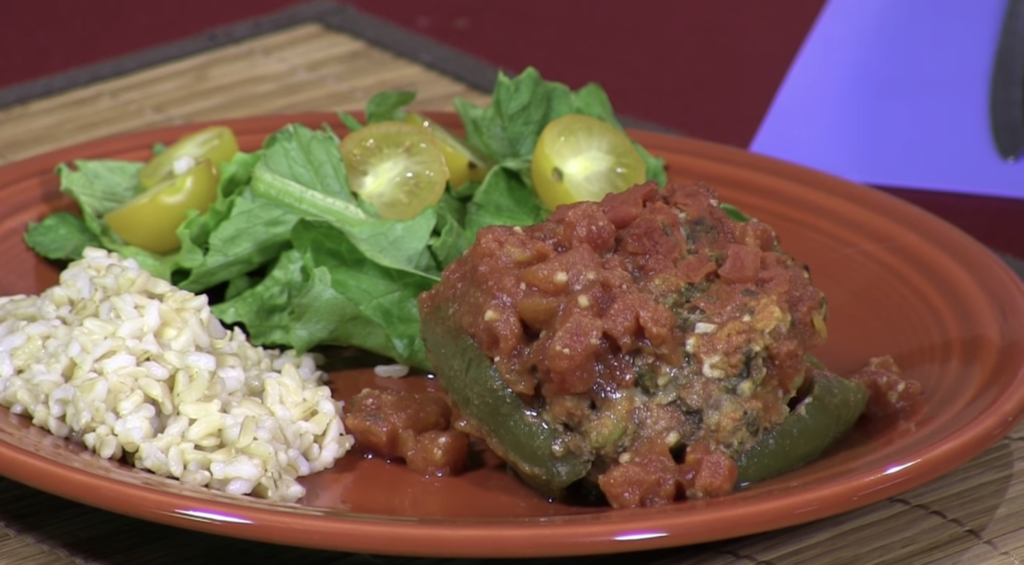Grow it:
Varieties:
- A standard variety that performs well is Sweet G – 90.
- Other supersweet varieties can be recommended by your county Extension office.
Planting:
- Sweet corn grows best when planted in several short rows instead of one long row. This makes it easier for the corn plants to pollinate.
- Plant the corn seeds 1 inch deep and 10 inches apart in the row.
Watering:
- Water sweet corn as needed to keep it from wilting.
- Do not let corn suffer from lack of water when the kernels are forming.
Harvesting:
- Corn is ready to harvest about 3 weeks after the tassel grows on top of the corn plant.
- Corn is ripe when juice from the kernels is milky white, the silk on the ears has turned dark brown, the ears are firm, and kernels on the tips of the unhusked ears are plump and milky.
- To harvest the ears, hold the stalk below the ear and twist the tip of the ear toward the ground until it breaks off.
Buy it:
- Choose ears with green husks, fresh silks, and tight rows of kernels.
Store it:
- Refrigerate corn with husks for use as soon as possible – within 1 to 2 days.
Use it:
Corn Stuffed Pork Chops
Ingredients:
- 1/4 cup onion chopped
- 1/4 cup chopped green bell pepper
- 1 tsp olive oil
- 3/4 cup fresh or frozen corn kernels, thaw if frozen
- 1 cup chicken stuffing mix low sodium
- 2 tbsp canned, diced pimentos
- 1/8 tsp ground cumin
- 1/8 tsp ground black pepper
- 44 oz extra lean pork chops or loin
Instructions:
- In a large skillet, sauté onion and green pepper in olive oil for 3-4 min or until tender.
- Stir in the stuffing mix, corn, pimentos, cumin, and pepper.
- Cut a pocket in each pork chop by making a horizontal slice almost to the bone. Fill with stuffing.
- Secure with toothpicks if necessary.
- Place in an 11 x 7 x 2-in baking dish coated with cooking spray.
- Bake, uncovered, at 375º F for 35-40 min or until meat juices run clear and meat thermometer reads 160ºF.
- Discard toothpicks before serving.
Learn More!
An average ear of corn has 16 rows of kernels for a total of 800 individual kernels, each with its own piece of silk. Corn is free of fat, saturated fat, and cholesterol. It is also low in sodium and high in Vitamin C.
All information gathered by Aggie Horticulture. For more information about spinach and greens, or other vegetables, visit Aggie Horticulture. For a downloadable version of this page, click here.



